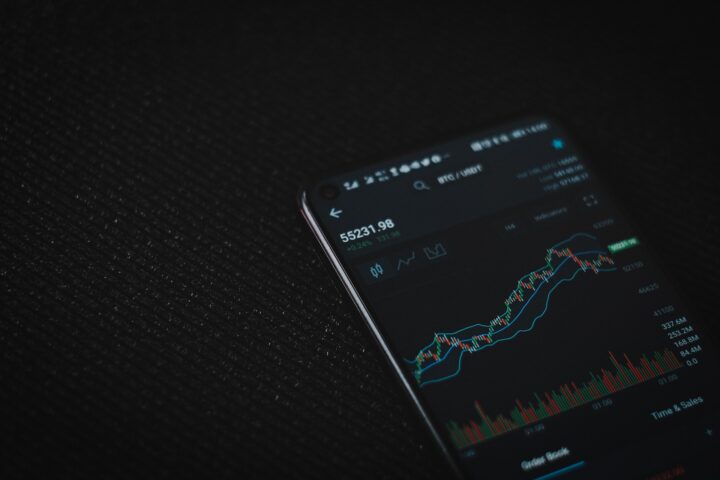Prop Trade Voyagers: Exploring New Frontiers in Trading
The world of finance and trading has always been a realm of innovation, where skilled professionals constantly seek new strategies and avenues to maximize returns and minimize risks. One of the latest tools in the trading landscape is proprietary trading, often called “prop trading.”
This practice involves trading financial instruments with the firm’s capital rather than on behalf of clients or investors. What sets a prop firm apart is the nature of its transactions and the innovative approaches and strategies that have come to define this field.

Origins and Evolution of Prop Trading
Proprietary trading, in one form or another, has been present in financial markets for decades. Historically, investment banks and financial institutions allocated a portion of their capital for trading purposes, aiming to generate profits from market fluctuations.
However, it wasn’t until the late 20th century that prop trading started to gain its own distinct identity. In the 1980s and 1990s, regulatory changes allowed any prop trading firm to establish separate trading divisions and allocate dedicated capital for speculative purposes. This laid the foundation for the prop trading industry as you know it today.
Innovative Strategies Driving Prop Trading
The diverse range of strategies firms employ to generate profits truly sets prop trading apart. These strategies often push the boundaries of traditional trading methods and involve intricate mathematical models, cutting-edge technology, and a deep understanding of market dynamics.
1. Quantitative Trading
Quantitative trading, or quant trading, is a strategy that relies on complex mathematical models and algorithms to make trading decisions. Quants analyze vast amounts of data to identify patterns, trends, and statistical anomalies that can be exploited for profit. High-frequency trading (HFT), a subset of quant trading, involves executing many trades in milliseconds to capitalize on minuscule price movements.
2. Algorithmic Trading
Algorithmic trading involves pre-programmed instructions to execute trades automatically based on certain conditions. These algorithms can react to market data and news faster than human traders, enabling them to capitalize on short-term opportunities. They are also capable of executing large orders without causing significant price fluctuations.
3. Market Making
Market making is a strategy where traders continuously provide liquidity by offering to buy and sell securities at slightly different prices. This practice ensures a constant supply of buyers and sellers, reducing spreads and increasing market efficiency. Market makers profit from the difference between the buy and sell prices, known as the spread.
4. Statistical Arbitrage
Statistical arbitrage involves exploiting perceived “mispricings” between related financial instruments. Traders identify pairs of securities that historically move together and take advantage of temporary price divergences. This strategy requires a deep understanding of statistical analysis and a keen eye for market inefficiencies.
5. Machine Learning and AI
Recent advancements in machine learning and AI have revolutionized the prop trading landscape. These technologies can process vast amounts of data and identify hidden patterns that are beyond human perception. Machine learning algorithms can adapt and improve their strategies over time, making them valuable tools for predicting market movements.
The Challenges and Future of Prop Trading
While prop trading offers the potential for substantial profits, it is not without its challenges. The dynamic nature of financial markets means that strategies that work well in one market environment may fail in another. Traders must constantly adapt and refine their strategies to stay ahead. Reliance on technology brings risks such as system failures, data breaches, and algorithmic glitches that can lead to significant losses.
The future of prop trading is likely to be intertwined with advancements in technology and regulation. As markets become increasingly digitized, traders must stay at the forefront of technological innovation to remain competitive. However, this also raises concerns about the potential for algorithm-driven trading to amplify market volatility or lead to unintended consequences.
Final Thoughts
As the field of prop trading continues to evolve, traders must balance innovative approaches with a deep understanding of market dynamics and risk management. Just as explorers of old ventured into uncharted territories, prop trade voyagers are navigating the unpredictable waters of the financial markets, seeking profit and opportunity in the vast and complex trading landscape.


